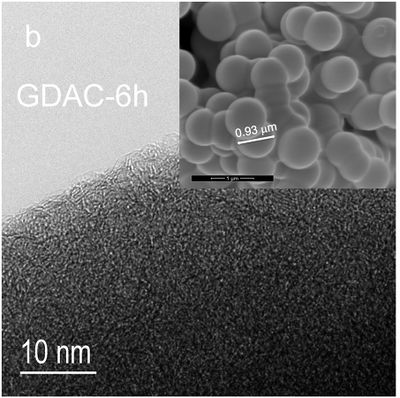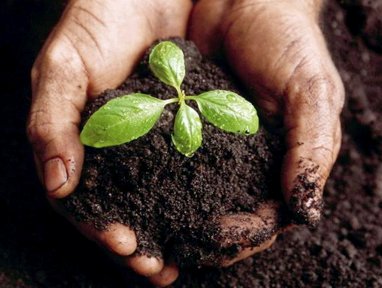Hydrothermal Carbonization: Difference between revisions
Jump to navigation
Jump to search

mNo edit summary |
m (Updated the Page to the more recent Formatting Standard) |
||
| Line 3: | Line 3: | ||
[[Image:Biochar2.jpg|500px|thumb|right| Hydrothermal carbonization for soil amendment.]] | [[Image:Biochar2.jpg|500px|thumb|right| Hydrothermal carbonization for soil amendment.]] | ||
=Basics= | |||
[https://en.wikipedia.org/wiki/Hydrothermal_carbonization Hydrothermal Carbonization (HTC)], also known as "hydrochar", is a form of thermal biomass conversion that involves moderate temperatures and pressures over an aqueous solution of biomass in a dilute acid for several hours. One advantage of the HTC process over conventional dry-thermal pre-treatments is the ability to handle wet feedstock without pre-drying. The resulting "biocoal" has physiochemical properties that are very different from [[biochar]] and can be used as a soil amendment (similar to [[biochar]]), bioenergy, and the remediation of wastewater pollution. | [https://en.wikipedia.org/wiki/Hydrothermal_carbonization Hydrothermal Carbonization (HTC)], also known as "hydrochar", is a form of thermal biomass conversion that involves moderate temperatures and pressures over an aqueous solution of biomass in a dilute acid for several hours. One advantage of the HTC process over conventional dry-thermal pre-treatments is the ability to handle wet feedstock without pre-drying. The resulting "biocoal" has physiochemical properties that are very different from [[biochar]] and can be used as a soil amendment (similar to [[biochar]]), bioenergy, and the remediation of wastewater pollution. | ||
| Line 9: | Line 10: | ||
</html> | </html> | ||
=Open Source Hardware Needs= | |||
* Pressure Vessel | * Pressure Vessel | ||
= | =Internal Links= | ||
* [[Biochar]], [[Torrefaction]], [[The Biochar Economy]] | * [[Biochar]], [[Torrefaction]], [[The Biochar Economy]] | ||
=External Links= | |||
* Paper: [http://www.sciencedirect.com/science/article/pii/S136403211500060X "A comparative review of biochar and hydrochar in terms of production, physico-chemical properties and applications"] | * Paper: [http://www.sciencedirect.com/science/article/pii/S136403211500060X "A comparative review of biochar and hydrochar in terms of production, physico-chemical properties and applications"] | ||
[[Category: | [[Category:Biochar]] [[Category:Biofuel]] [[Category:Food and Agriculture]] | ||
[[Category:Biofuel]] | |||
[[Category: | |||
Revision as of 18:56, 16 September 2024

Carbon nanoballs made from glucose via hydrothermal carbonization, that have been processed with CO2 for 6 hours to change surface properties. SEM image from University of Tartu.
Basics
Hydrothermal Carbonization (HTC), also known as "hydrochar", is a form of thermal biomass conversion that involves moderate temperatures and pressures over an aqueous solution of biomass in a dilute acid for several hours. One advantage of the HTC process over conventional dry-thermal pre-treatments is the ability to handle wet feedstock without pre-drying. The resulting "biocoal" has physiochemical properties that are very different from biochar and can be used as a soil amendment (similar to biochar), bioenergy, and the remediation of wastewater pollution.
Open Source Hardware Needs
- Pressure Vessel
